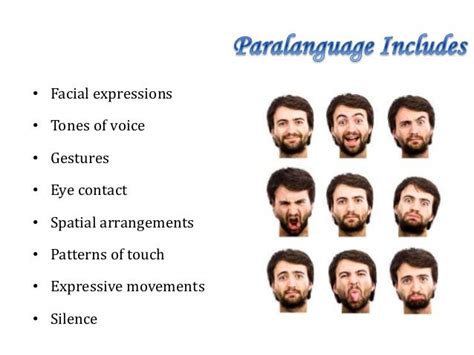Unveiling the Unseen: A Subtle Source of Male Expression
In the intricate tapestry of human communication, many non-verbal cues often go unnoticed, overshadowed by more overt gestures or facial expressions. We tend to focus on the eyes, the hands, or even the posture to gauge a person’s inner state. However, beneath the surface of conscious observation lies a physical feature on men’s bodies that, while common, is surprisingly expressive and frequently overlooked: the Adam’s apple.
More than just an anatomical landmark, the subtle movements and tension around this area can betray a wealth of information, from nervousness and stress to deep concentration or even confidence. It’s a silent communicator, adding a nuanced layer to understanding male body language.

Anatomy of Expressiveness: Beyond the Voice Box
The Adam’s apple, scientifically known as the laryngeal prominence, is a protuberance of the thyroid cartilage surrounding the larynx (voice box). It’s typically more pronounced in adult males due to hormonal changes during puberty, which cause the larynx to grow larger and the vocal cords to lengthen and thicken, resulting in a deeper voice. Its primary function is to protect the vocal cords and the larynx.
While its role in voice production is well-understood, its contribution to non-verbal communication is less frequently acknowledged. It’s not the Adam’s apple itself that expresses, but rather the involuntary movements and muscle tension in the surrounding neck area that become visible through its prominence.
The Silent Gestures: How It Communicates Inner States
Observe a man in a high-pressure situation, delivering a speech, or engaged in a difficult conversation, and you might notice his Adam’s apple making small, involuntary movements. These can manifest in several ways:
- Nervous Swallowing: A dry mouth is a common physiological response to stress or anxiety. Frequent, noticeable swallowing, often accompanied by the bobbing of the Adam’s apple, can be a clear indicator of nervousness or discomfort, even if the individual attempts to maintain a composed facial expression.
- Tension and Stress: When a man feels stressed or threatened, the muscles in his neck and throat can tense up. This tension can subtly alter the appearance or movement of the Adam’s apple, signalling internal struggle or defensiveness.
- Emphasis and Deliberation: In some cases, a man might consciously or subconsciously use his neck muscles to add emphasis to his words, leading to more pronounced movements of the Adam’s apple, especially during moments of conviction or serious thought.

These subtle shifts provide a window into an individual’s emotional landscape, often bypassing conscious control and revealing genuine feelings that might otherwise be concealed.
A Deep Dive into Non-Verbal Cues
Understanding the expressive potential of the Adam’s apple enriches our grasp of male body language. While we’re often taught to read facial cues, the neck area remains a relatively unexamined region for such insights. Yet, experienced communicators or those attuned to non-verbal signals often subconsciously register these movements.
Consider an interview scenario: a candidate might confidently answer questions, but a frequently bobbing Adam’s apple could suggest underlying anxiety. Or in a negotiation, a sudden tensing of the neck muscles and a held position of the Adam’s apple might indicate an unspoken disagreement or an attempt to hold back a strong reaction.

These involuntary actions highlight the deep connection between our physiological responses and our emotional states, manifesting in ways that are often beyond our direct control, making them surprisingly honest indicators.
More Than Just a Lump: An Emotional Barometer
The Adam’s apple, therefore, acts as a subtle barometer of a man’s emotional and psychological state. Its movements can indicate vulnerability, conviction, or discomfort. Conversely, a relaxed and stable Adam’s apple, without excessive movement or tension, often correlates with a sense of calm, confidence, and sincerity in communication. When a man feels at ease and speaks truthfully, there’s less physiological stress affecting the throat area.

Recognizing these subtle cues allows for a deeper and more empathetic understanding of others, moving beyond superficial expressions to perceive genuine underlying feelings.
Embracing the Nuances of Male Expression
While the Adam’s apple might not be the first feature that comes to mind when discussing expressive body parts, its capacity to convey inner states is undeniably potent. It serves as a reminder that the human body is a complex canvas of communication, where even the most seemingly mundane features hold a surprising depth of meaning.
By learning to observe these often-overlooked signals, we can enhance our ability to read between the lines of verbal exchanges and foster richer, more authentic connections. The Adam’s apple, in its silent eloquence, adds a unique and fascinating dimension to the study of male non-verbal communication.





